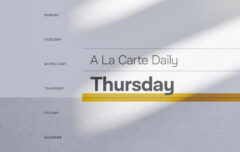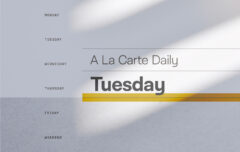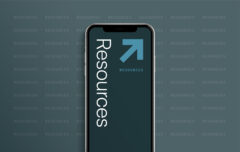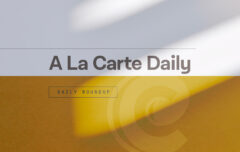I recently read an article (which alas I can no longer find) that described a search the BBC made for the Loch Ness Monster. They swept Loch Ness from end to end, back and forth for several days using some of the world’s most sophisticated sonar equipment. After a complete, thorough search they concluded that there is simply not a monster living in the Loch. To provide an idea of how the myth of the Loch Ness Monster continues to grow despite the evidence that it does not exist they performed a little experiment. They rigged up a system so that they could raise an object from under the water far out into the Loch. They would then speak to the tourists standing by the shore to ask them what they had seen. They elected to use a section of fencing as the decoy object, purposely choosing something that looks absolutely nothing like Nessie. They waited for bus full of tourists to pull up and once the bus was unloaded they raised the fence a few feet out of the water. There was great excitement on the shore and sure enough, when they interviewed people after the fact, the majority of them described seeing something that looked just like the Loch Ness Monster.
The people who led this study concluded that this was a type of Pareidolia. Pareidolia is “a type of illusion or misperception involving a vague or obscure stimulus being perceived as something clear and distinct.” (Skeptics Dictionary) Other examples of this are seeing Mother Teresa in a cinnamon bun or seeing the face of a man on the moon. In the case of the people gathered at Loch Ness, they saw something vague and yet were able to describe it in detail. The detail was fabricated by their minds based on what they already imagined the Loch Ness Monster to look like.
Certainly the people who saw a section of fence being raised from the water did not expect to see a fence – they expected to see a monster. Many of them had traveled from other countries for the express purpose of visiting Loch Ness to see if this monster existed. So when the object came up from the water their minds allowed them to see what they wanted to see. Had they been expecting to see a Volkswagen Bug emerging from the water I have little doubt that their minds would have allowed them to believe that is what rose from the depths.
What we see in this rather extreme example is the value of objectivity. Had the people visiting Loch Ness been objective they would have seen nothing but a section of wet fencing material. They would have seen the reality in all its simplicity.
How often do we approach the Bible with the wrong attitude? How often do we approach it with our own agendas in mind? Homosexuals approach the Bible determined to find proof that their lifestyle is not only acceptable but condoned by Scripture. So when they read that John was the apostle that Jesus loved, they see support for their lifestyle. When they read about the love between Jonathan and David they see them as homosexual and allow it give license to their own immorality. Often people on both sides of various debates misuse Scripture in this way. Take, for example, the issue of women in positions of leadership in the church. Proponents of both sides will eschew objectivity, approaching the Scriptures determined to prove their point. When we approach the Bible determined to prove what we already believe we will more often than not find our proof, even if we are wrong in doctrine.
We need to approach the Bible objectively, asking God to reveal His truth to us through His Word. We need to lay aside our presuppositions and biases so, if necessary, we can allow God to change and mold us. We need to allow the Bible to show us what a given passage really means, not necessarily what it means about the debate we want it to prove.
John Calvin once warned against treating the Bible like a ball that we bounce around at will. It is the Word of God and its teachings can be rightly learned only by the most impartial and objective study of the text. And that means being impartial and objective even about the parts we may not like, for often God’s ways are at odds with our human preferences.










